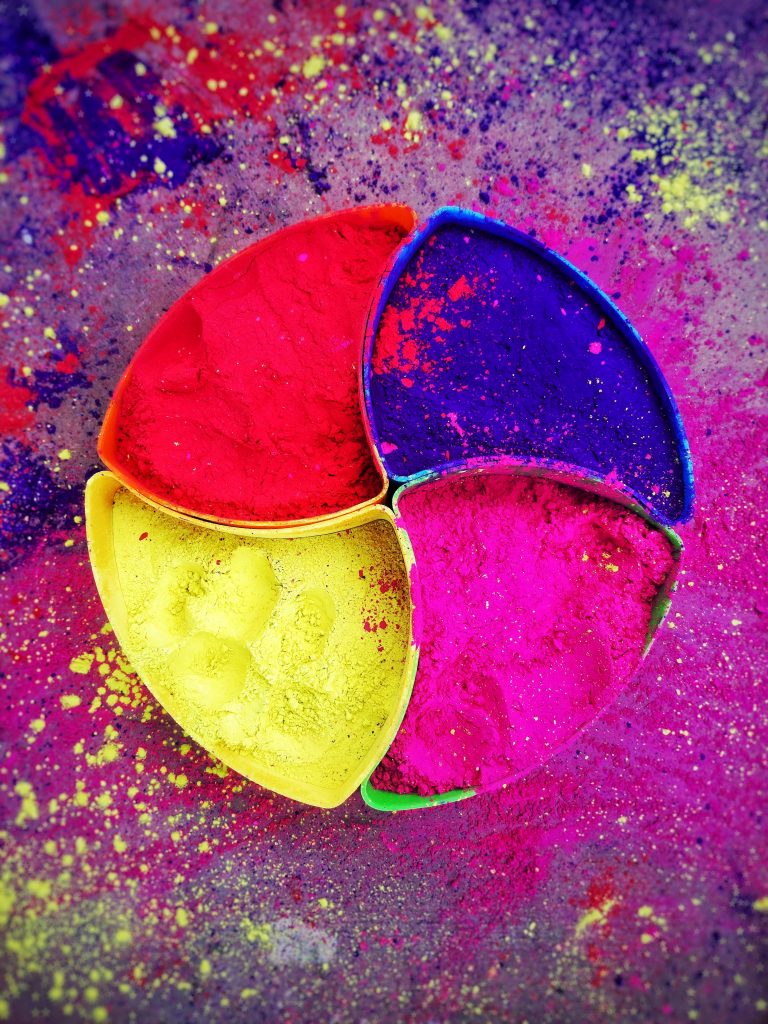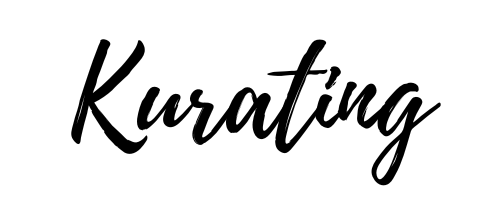
Ever heard an artist referred to as a sellout or a “celeb*”?
If you have, then those terms were likely being used to describe artists who prioritized public acclaim and profit over artistic freedom or integrity.
In times past, authenticity in art was judged mostly on the basis of whether an artist’s primary aim was fame and profit. It was easier to retain authenticity when artists were focused on starving as a true test of their loyalty to the ideals of authenticity. Thankfullly, that has changed.
Today, what defines authenticity is how much humanity an artist employs in her artistic process (or simply put, how human she is). In today’s world, where many Nigerian artists are rightfully more focused on thriving than on starving, here are three ways to thrive without sacrificing authenticity in your work.
1. Selftrospect
Examine yourself, what are your motives for creating?
There is so much to contemplate when an artist sets out to create art especially when it isn’t based off her own personal experience. Self-reflection and introspection will help you examine your motives and determine whether you are acting ethically in your decision-making process. This will help to ensure that your art is truthful and authentic.
One way to do this is to include your subjects in your artistic process and give them control over how they are represented. Honesty in art also entails getting consent and being sensitive to the suffering of your subject. For example, there are no rules stating that you should share the proceeds of your work with your subject, but consider Adisa Olashile the NFT artist who gave a part of the proceeds of his sale to the elderly man who was the subject of his image.
When an artist fails to consider the consequences of her work, things could go wrong, which could cause the artist to lose the confidence of her subject and or audience or worse, her credibility.
2. Practice Mindfulness
Mindfulness is an effective way to retain authenticity.
When you practice mindfulness through meditation, environmental sustainability, exercise, minimalism, and spiritual devotion, it is easier to spot a slip in authenticity while maintaining your physical and mental health. Interestingly, being in touch with your mental health will also help in retaining your authenticity.
Ultimately, authenticity is really about how we treat people. Practicing self-awareness and mindfulness makes you better at treating yourself and others with respect and kindness as opposed to judging your art harshly and basing credibility on public applause and accolades.
3. Be Original
“Art is theft”, said Pablo Picasso. A thriving artist borrows from her influences and doesn’t only wait for “original” inspiration to create. However, through all this, it is important that you, a thriving artist, stays true to your conviction. Without conviction, there is no artistic freedom and originality. And if you lose your originality and authenticity, you lose your ability to connect with your audience. This is because the audience craves honesty and authenticity and they recognize the truth by observing your work.
*used derogatorily




